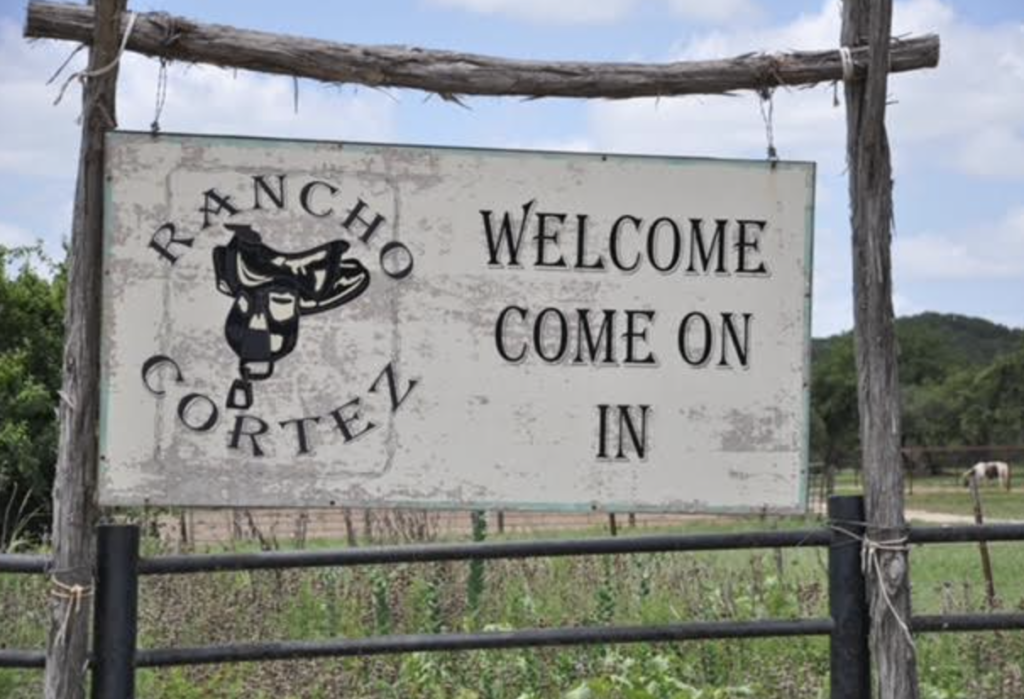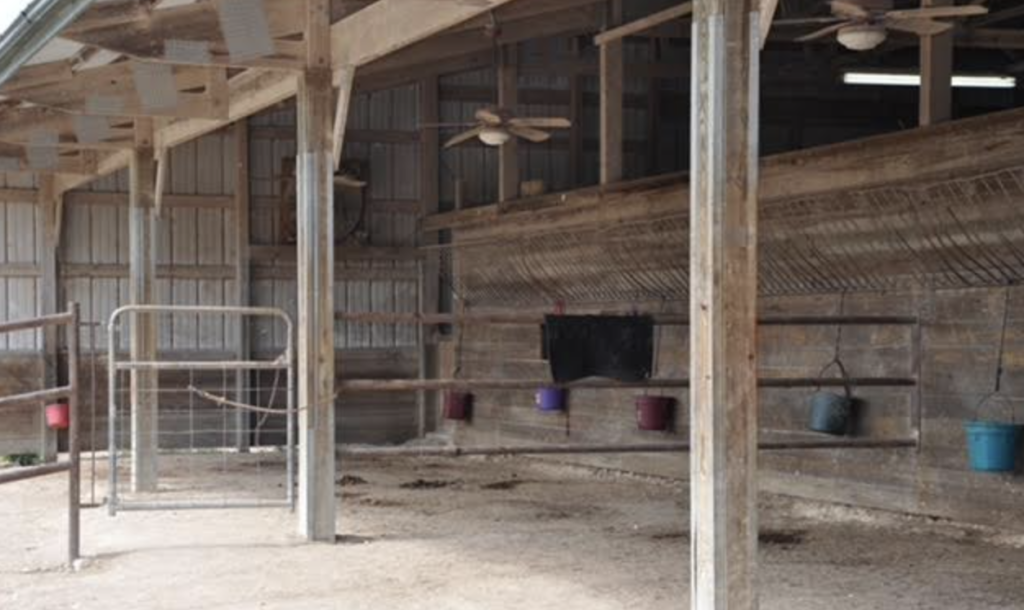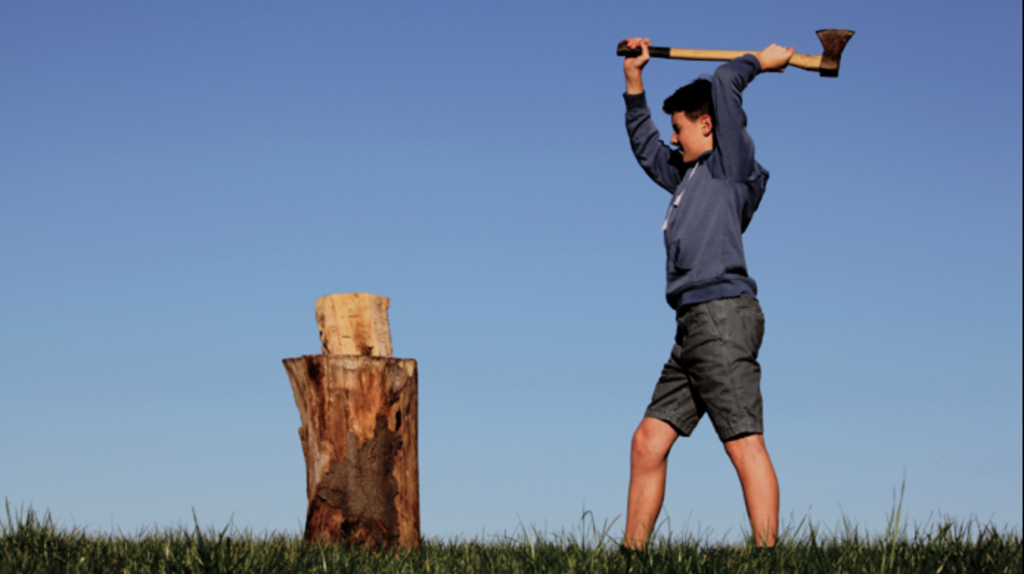What did the great men and women of the past have in common with each other that many of us lack?
There are all sorts of possible answers, but the one of some significance here is that most of them spent at least part of their lives, part of their time, doing physical labor.
Too many people work only with their minds these days. I’m not talking about people with no physicality in their lives. Cleaning your house, mowing the lawn, those are useful things, but they’re not what I mean when I talk about physical labor.
Several of our Founding Fathers were basically farmers, and while they had other people to do much of the work, George Washington and Thomas Jefferson certainly did some things themselves. Several generations later, Abraham Lincoln was an attorney, but he was also known as the Rail Splitter for his proficiency at chopping wood.
Inventors like Thomas Edison did most of the physical work themselves, and when Henry Ford created his Model A, he did most of the mechanical work himself.
When did we start losing all that?
Certainly not until sometime after World War II. In that war, 16 million Americans served and most of them had to perform all sorts of physical tasks. But in the postwar era, machines started doing a lot more of the menial jobs and more and more people spent their days sitting behind desks.
Somewhere along the line, we started looking at the difference between blue-collar and white-collar jobs and turning our noses up at the former. Especially when so many of those jobs became service-industry jobs, waiting on people and particularly feeding them in fast-food restaurants.
Blue-collar jobs became jobs you started with, and if you were smart enough or hard-working enough, eventually you moved past them and acquired jobs where you wore a necktie and didn’t have to sweat.
That’s all well and good, but where it starts to slide into nastiness is when white-collar workers start to look down on their blue-collar counterparts. In what looks more like a Golden Age for working people — the 25 years or so after World War II — there were plenty of well-paying jobs for folks with nothing more than a high-school education.
Assembly-line jobs at the big auto companies may have been mind-numbing, but at least at that time, they provided enough of an income for men to support their families, buy homes and cars and essentially lead a middle-class life.
The closest I ever came to assembly-line work was burgers and fries in my 20s. By the time I started my career in newspapers, it was strictly white-collar for me.
Until I had a truly transformative experience in my 61st summer.

Two years into retirement, I had let my weight get out of control. Except for playing golf once a month or so, I was pretty much sedentary the rest of the time. My weight was up to 284, the most I had ever weighed by a fairly wide margin.
My lovely wife was not happy at all. She told me I looked like a monster.
We agreed that since I wasn’t doing anything productive, I should do the Fat Farm thing.
I searched on Google and found Rancho Cortez in the Hill Country of Texas, northwest of San Antonio. It was more than 1,300 miles from my home in Southern California, and I drove it in three days. I had never been in that part of Texas before, and almost the entire trip was on I-10. I stopped outside Phoenix the first night and in West Texas the second. I stopped in Kerrville, 20 miles or so from Bandera the third night, so I had basically arrived.
I spent 11 weeks at Rancho Cortez, and I’m not sure I had 11 more productive weeks before or since. I lost weight — 69 pounds — but I also had a truly meaningful blue-collar experience at age 60.
I don’t remember how much the ranch cost, but I got a 10 percent discount for spending one hour each day mucking out the stable.

If you don’t know what that means, the horses that spend their nights in the stable deposit manure. I would come out every morning at 6 a.m. and spend up to an hour — depending on how much manure the horses had dropped — cleaning up. I’m sure it sounds awful, but I found myself looking forward to the physical work aspect of it.
There were other times during. my stay that I helped clear brush. I didn’t feel like a real cowboy, but I did do some horseback riding for the first time in my life. When my time there ended, I had established all sorts of good habits. I returned home weighing 215, and while I didn’t have manure to shovel, I still got up at 6 a.m. every day and walked at least six miles. After another three months or so, I had lost another 47 pounds and was down to 168 for the first time in more than 20 years.
It was truly amazing. At age 60, I had lost more than 40 percent of my body weight, mostly through realizing that I needed to appreciate the physical side of life.
Twelve years later, I’m paying the price for not keeping the weight off. In mid-July of last year — six months ago — I weighed 270 pounds and I had all sorts of arthritis and other old-man woes. So I started dieting and I started walking. I accepted the physical side of life again.
Six months later, I’ve lost 76 pounds and am down to 194.
Still a way to go, but this time I have learned my lesson.
I won’t have to learn it again.

